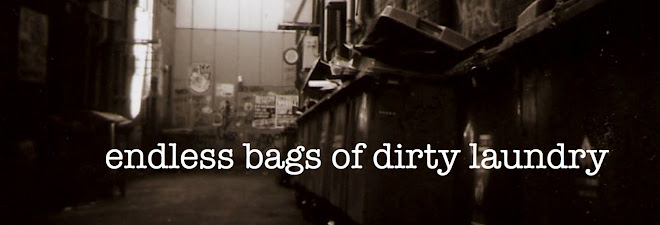
Kids are prone to obsession. A generalisation, I know, but the combined knowledge from my own childhood, later years of babysitting and the new generation coming through the extended family tells me that youth is consistently marked by passionate fixation. I know a boy whose determination to collect rare Australian coins led him to spend hours putting money in vending machines and cancelling the purchase - apparently you don't get the same coin back - in search of those elusive commemorative dollars. His eternally patient mother was obliged to go through the process with him; he was just eight. My own mother confessed to keeping a painstakingly comprehensive scrapbook devoted to the St Kilda Football Club in her younger years (though her love was evidently fleeting as she soon converted to the mighty Demons). For me, it was The Simpsons and Prue Leith's Confident Cooking series. And as the teen years took hold, Rage Against the Machine, Quentin Tarantino and of course the obligatory high-school heartbreaker.
The subject of this photo is devoutly committed to all things sport. Most prominently, I believe, AFL and cricket. Around the time I took this (last summer) he was so immersed in cricket that he successfully requested the back lawn be spray-painted with the '3 Mobile' logo - then principal sponsor of the Australian Test Series - to match the 'G. I took the shot above using the Diana, which as I have lamented before tends to cut people's heads off if I'm not careful. Clearly, I wasn't careful - yet I just adore the result. Without a face to focus on, the image conveys two very powerful and wholly adequate components: a young boy + cricket. And that really goes beyond this particular child and his sport obsession to represent a century or more of young kids who love the game. The way the ball hangs effortlessly in his right hand while he gently assembles the bails with his left... I just couldn't have asked for a better outcome. Its unexpected beauty blew me away.

That I got two incredible images of the divine Mr Josh with his cricket paraphernalia is quite unbelievable considering the unpredictability of lomo photography and the fact that I was still getting the hang of the Diana. But here it is - the second great image of a boy in his element. (Um, no pun intended... though maybe his T-shirt adds a symbolic layer to the shots?) This one has a shot of Josh catching his cricket ball exposed over a shot of his old cricket scoreboard. I love the moment. I love the shading on his face. I love that you can see the gaping hole where his two front teeth used to be. I don't often gush so unashamedly over my own work, but these two photos have been dear to my heart ever since I saw them, and in fact I was reluctant to post them because I find them so special. Special for their aesthetic beauty, special for their Australianness, special for their gorgeous star cricketer.
Something else that is very special to me, and to this blog, is the incomparable film Pecker, in which the title character wisely states life is nothing if you're not obsessed. Thank you Pecker, and thank you Josh, for the always timely reminder of the irrepressible joys of reckless infatuation.













